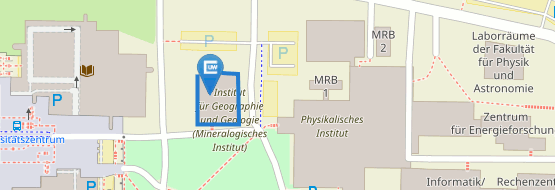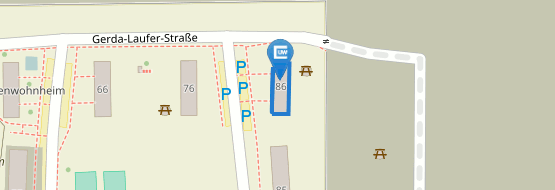SoeRS - Synergies in socioeconomic and remote sensing data
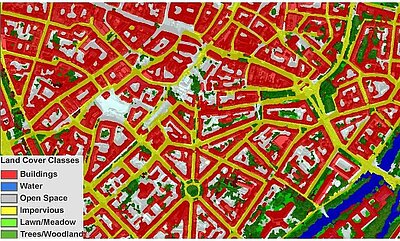
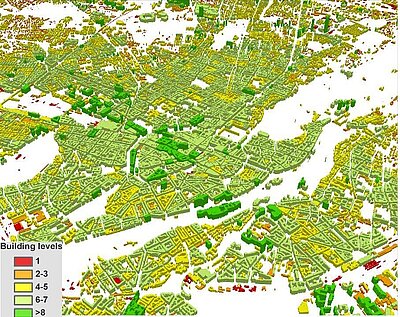
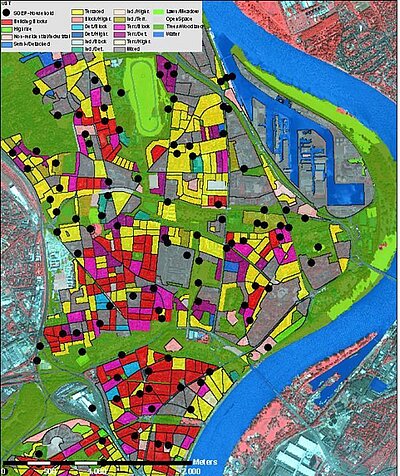
Purpose of this research is the development of novel analysis methods by means of combined analysis of remote sensing and socioeconomic data. This interdisciplinary project is based on cooperation with the German Socio-Economic Panel Study (SOEP) of the German Institute for Economic Research (DIW). The main task of the department is planning, carrying out and editing the German Socio-Economic Panel Study (SOEP). This wide-ranging longitudinal study started in 1984 and currently covers about 23000 individuals living in more than 12000 private households. The data is utilized for relevant social- and economics research and gives deeper insight in objective living conditions and personality traits and in dynamic dependencies between the topics and their change over time. Major Topics include:
- Family biographies
- Income trends
- Household composition, living conditions
- Life satisfaction
- Personality traits
- Physical and mental health
The big advantage of the SOEP is based on the special types of analyses due to the longitudinal character of the study and the concept of households. This includes the questioning of all members of each household and information about their children.
Against this background it is the target of this research cooperation to derive spatial structure information by means of remote sensing data and technology for the integration into the SOEP data base and its analyses. One focus is the development of image analysis methods for object-oriented appraisal of very high resolution (VHR) remote sensing data. On the one hand, spaceborne optical data by the sensor Ikonos are utilized for the derivation of highly detailed landcover information. On the other hand, digital surface models (DSM) from airborne laser scanner are utilized. This data is very well suited for the characterization of physiognomic characteristics of built-up structures in urban areas.
By means of the derived data sets – landcover information and urban morphology on building level – homogeneous spatial units are classified and aggregated. These data are represented on building block level and are called urban structure types (UST) which are utilized for various kinds of research, urban planning tasks and urban monitoring. For this purpose, a classification methodology to derive urban structure types was developed to be applied independently from locally adjusted keys on various study areas or regions in Germany.
This neighborhood information is then integrated into the existing data base of the SOEP in terms of additional variables and therefore adds relevant, contextual information of each household for detailed social scientific as well as remote sensing research.
Work packages of the project include:
- Object-oriented landcover classification and building extraction and classification by means of very high resolution remote sensing imagery
- Automatic, applicable methods for the derivation of urban structure types (UST)
- Integration of the results into the SOEP data base
- Analyses of spatial interrelations between urban structure and socioeconomic attributes
Partners: German Institute for Economic Research (DIW), German Socio-Economic Panel Study (SOEP)
Contact: Michael Wurm


